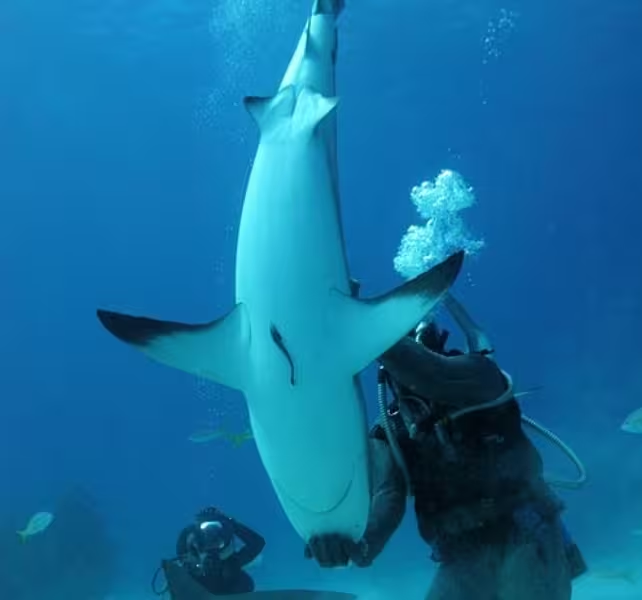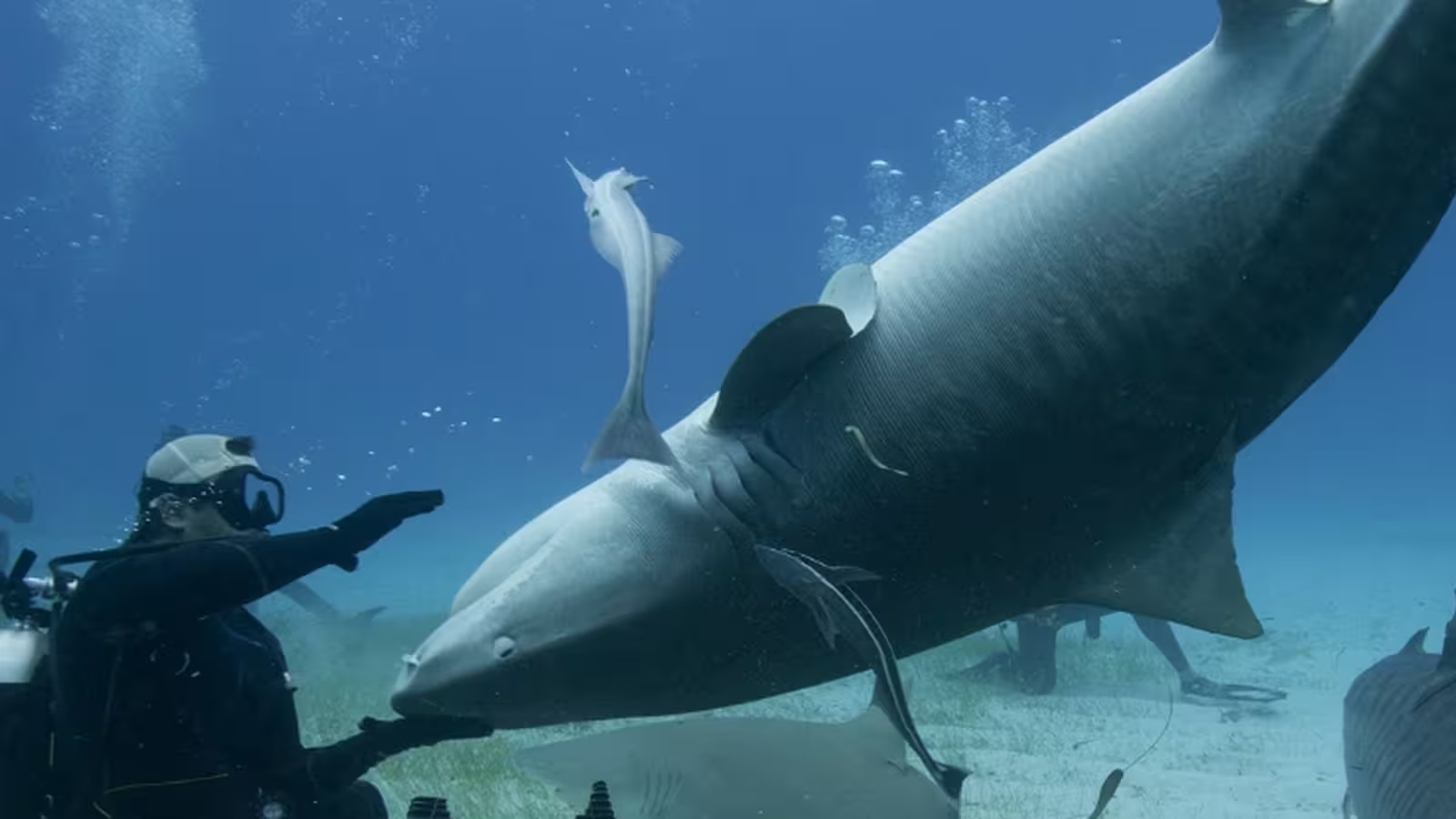4 Minutes
Understanding Tonic Immobility: The Unexpected Shark Behavior
In the world of marine biology, few phenomena are as perplexing as the freeze response known as tonic immobility in sharks and rays. If you’ve seen wildlife documentaries, you may be familiar with terrestrial animals—like opossums, rabbits, and reptiles—playing dead to escape predators. This involuntary freezing, or tonic immobility, has been recognized as a life-saving behavior in many species. But researchers have long been puzzled by its presence in marine predators at the top of the food chain: sharks.
Unlike terrestrial counterparts, sharks and their relatives—rays and chimaeras—experience tonic immobility when gently turned onto their backs underwater. In this state, the animal becomes motionless, muscles relax, and it enters a trance-like condition. This peculiar reaction can last several minutes, and has been used by scientists as a safe handling technique during research. Despite its practical utility, the underlying reason why sharks exhibit this response remains unclear.
Exploring the Mystery: Field Studies on Sharks and Their Relatives
To better understand this behavior, a recent scientific study observed 13 different species, including several sharks, rays, and the chimaera—sometimes called a ghost shark. The research team carefully turned these animals upside down and monitored whether they entered a state of tonic immobility. The results were striking: seven of the species displayed the freeze response, while six did not.
Using evolutionary analysis, scientists mapped the behavior across hundreds of millions of years of evolutionary history, seeking clues about its development and persistence. The goal was to determine whether tonic immobility is a trait inherited from ancient ancestors, or a recently evolved adaptation with specific survival benefits.

Evaluating Current Hypotheses: Is Tonic Immobility Adaptive?
1. Anti-Predator Strategy
A leading hypothesis, often cited in biology textbooks, suggests tonic immobility serves as an anti-predator defense—the marine equivalent of playing dead. However, the research found no direct evidence that freezing improves a shark’s chances of escape or survival when threatened. In fact, predators like orcas exploit this reaction by deliberately flipping sharks to immobilize them, thereby gaining access to vital organs.
2. Reproductive Function
Another theory is based on the reproductive behavior of certain shark species. During mating, males may invert females, leading to speculation that tonic immobility helps reduce struggle and increase mating success. Yet, the data did not reveal differences between males and females regarding this response, and remaining limp might actually expose females to increased risk during forced copulation events.
3. Sensory Overload
A third hypothesis links tonic immobility to responses triggered by overwhelming sensory input. However, this idea has not been rigorously tested or empirically supported in marine environments.
An Evolutionary Perspective: Tonic Immobility as Ancestral Legacy
Without strong evidence supporting the adaptive value of tonic immobility in modern sharks, scientists have turned to evolutionary history for explanations. Their analyses indicate that tonic immobility is a plesiomorphic, or ancestral, trait—one shared by ancient sharks, rays, and chimaeras unchanged for hundreds of millions of years. Yet, interestingly, this trait appears to have independently disappeared in several lineages, likely because it conferred no advantage—or even became detrimental—in certain habitats.
For example, species dwelling in coral reefs or complex crevices may be disadvantaged by going limp, risking entrapment or predation. For these small sharks and rays, evolutionary pressures favored the loss of this behavior, revealing how environmental context shapes the persistence of inherited traits.
Rethinking Shark Behavior: Not Every Trait Is Adaptive
The latest findings challenge the notion that every trait in nature, especially in ancient predators like sharks, is an optimized adaptation. Tonic immobility may simply linger in some species as evolutionary baggage—a non-harmful remnant of the distant past that natural selection has not yet erased. This nuanced perspective broadens our understanding of shark physiology and their evolutionary journey, reminding us that not all biological quirks serve a clear purpose in the modern world.
Conclusion
Tonic immobility in sharks, once thought to be a cunning survival strategy or reproductive adaptation, might in fact be a vestige of their ancient ancestry. As marine biologists uncover more about this enigmatic freeze response, we gain deeper insight into the complexity of shark evolution and the unpredictable twists of nature’s history. This research not only sheds light on shark behavior, but also underscores the importance of questioning assumptions and exploring the evolutionary roots of animal traits across the oceans.
Source: theconversation



Comments